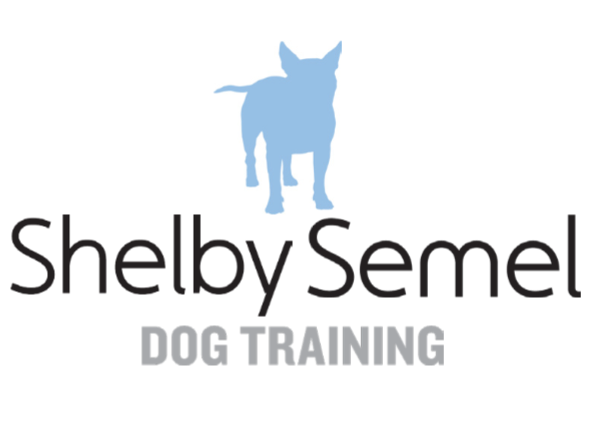Sidewalk Encounters: Feisty Fidos
/You’re out walking with your well socialized, friendly dog when it happens: Another dog out for a walk with his owner sees you and your dog and goes ballistic. This dog is lunging at the end of his leash, teeth bared, growling and barking at your dog. What do you do?
The most important thing to realize is that the majority of dogs that react this way upon seeing another dog are usually doing so out of fear or frustration. Dogs that are fearful are likely to have lacked proper socialization during their puppy stage, they may have some genetic component that influences their fear, and/or they may have been traumatized by an attack by another dog. Frustrated dogs, on the other hand, are usually social and friendly when off leash, and may have developed these behaviors as a result of owners shortening their leash around other dogs in response to over exuberant greetings, being pulled away from other dogs after greeting, or just frustration and over arousal from being restrained. Rather than being “mean,” think of these dogs like toddlers having a meltdown and responding the only way they know how.
Dogs rely on loud and dramatic displays to try to influence the approaching dog to move away. These are termed “distance increasing signals” and may include obvious signals such as the barking, growling and lunging described above. They may also include more subtle signs, such as:
- High “flagging” tail (where the dog is carrying his tail up and over his back, and may be accompanied by slight wags)
- Piloerection (raised hair along the dog’s spine)
- Lowered head
- Hard, fixated stare
- Forward pricked ears
When you see a dog displaying any of the behaviors listed above the best thing you can do for your dog, and for the approaching dog, is to move away. If these signals are ignored, the dog may escalate their aggressive reaction. It can be quite scary, stressful, and traumatic for your dog to experience these displays, and they may start reflecting these behaviors back on their walk as they try to keep other dogs away from them. Call your dog’s name so that he doesn’t stare at the other dog. Direct eye contact, whether dog-dog or human-dog, can seem very threatening to the dog on the receiving end. Eye contact should be avoided or stopped as this can escalate the aggressive behavior. Use the Touch cue to encourage your dog to change direction and walk away from the other dog, or to walk quickly passed the other dog while preventing eye contact. Practice emergency u-turns to quickly move away when you come across a reactive dog unexpectedly.
Often, owners of reactive dogs will be working with their dog on walks, trying to minimize their aggressive outbursts. In this case, you'll usually see the owner feeding their dog treats while you walk by with your dog. This helps their dog associate your dog with things he really likes, and will over time help decrease their dog’s fear or frustration caused by seeing your dog. Make sure to give this dog lots of space! Close and/or extended contact will likely still trigger a reaction in this dog.
Some dogs further in their training will no longer react to another dog unless they are within close proximity. To make sure that you are protecting your dog from a negative experience, the best practice is to always ask the other owner whether or not their dog is friendly, and if your dog can say hello. Be prepared to receive some nos! And make sure that your dog is prepared to hear no as well, and practice politely walking by other dogs without greeting.
Happy walking!


